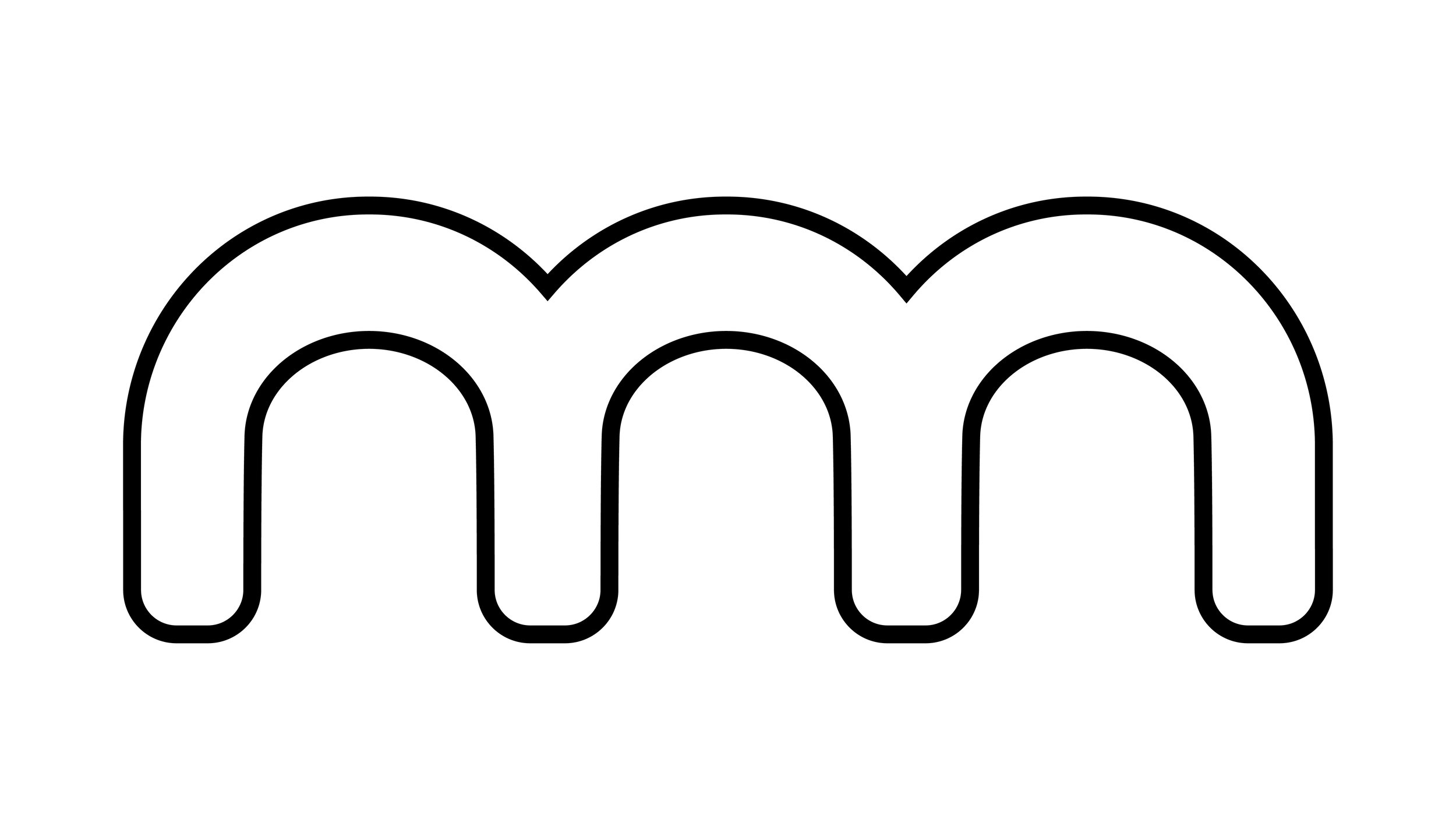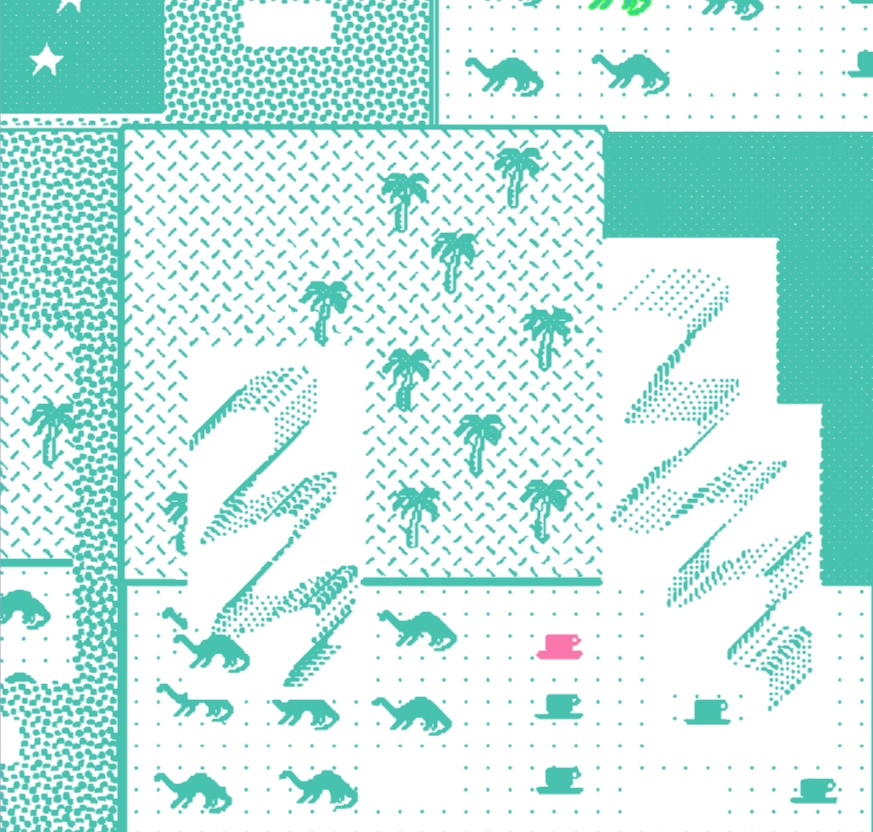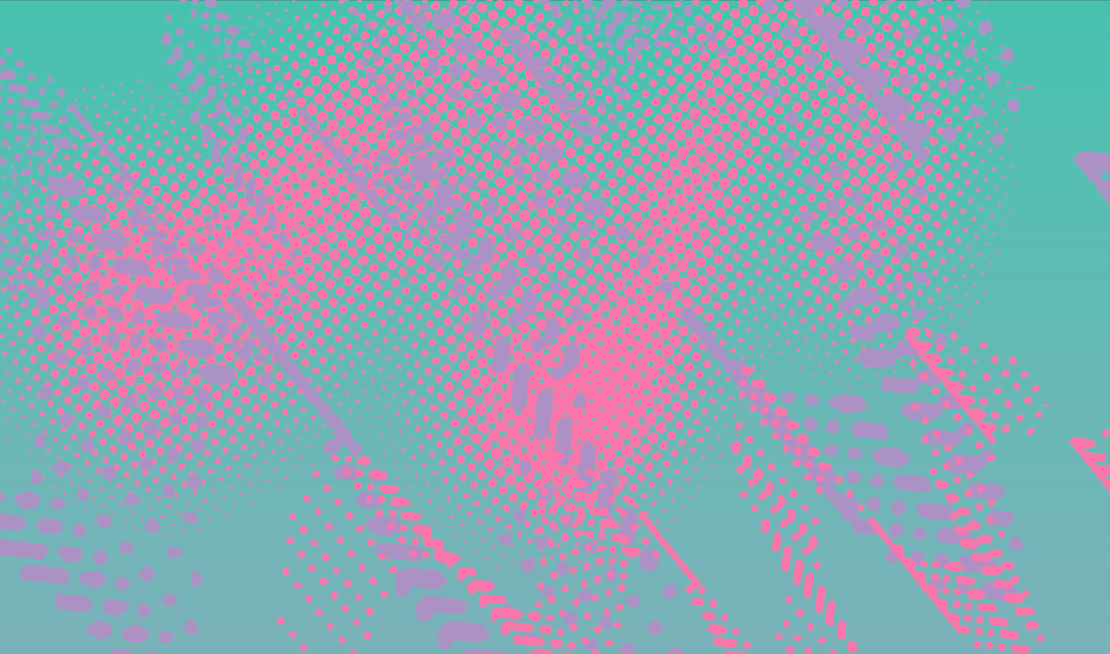Expanding on the idea of genre-specific excess, I chose to design an excessive amount of packaging—two boxes, one carrier, and a bellyband—all for only eight coffee pods. I wanted to lean into the tropes of the 80s and 90s with gradients, brush stroke fonts, glow effects and drop shadows, and computer graphics beautiful pixelated. The goal was to lend itself to the era without directly replicating it.
While putting together a mood board, I was drawn to vaporwave aesthetic and my own childhood nostalgia. This was manifested in the color palette and texture, the latter of which was created in a browser version of the early 90s computer program, KidPix. I also wanted to lean into the excessive design of the boxes by putting texture everywhere and printing the inside of the boxes as well—everywhere the customer interacts with the package, they should be bombarded by color and shapes.














